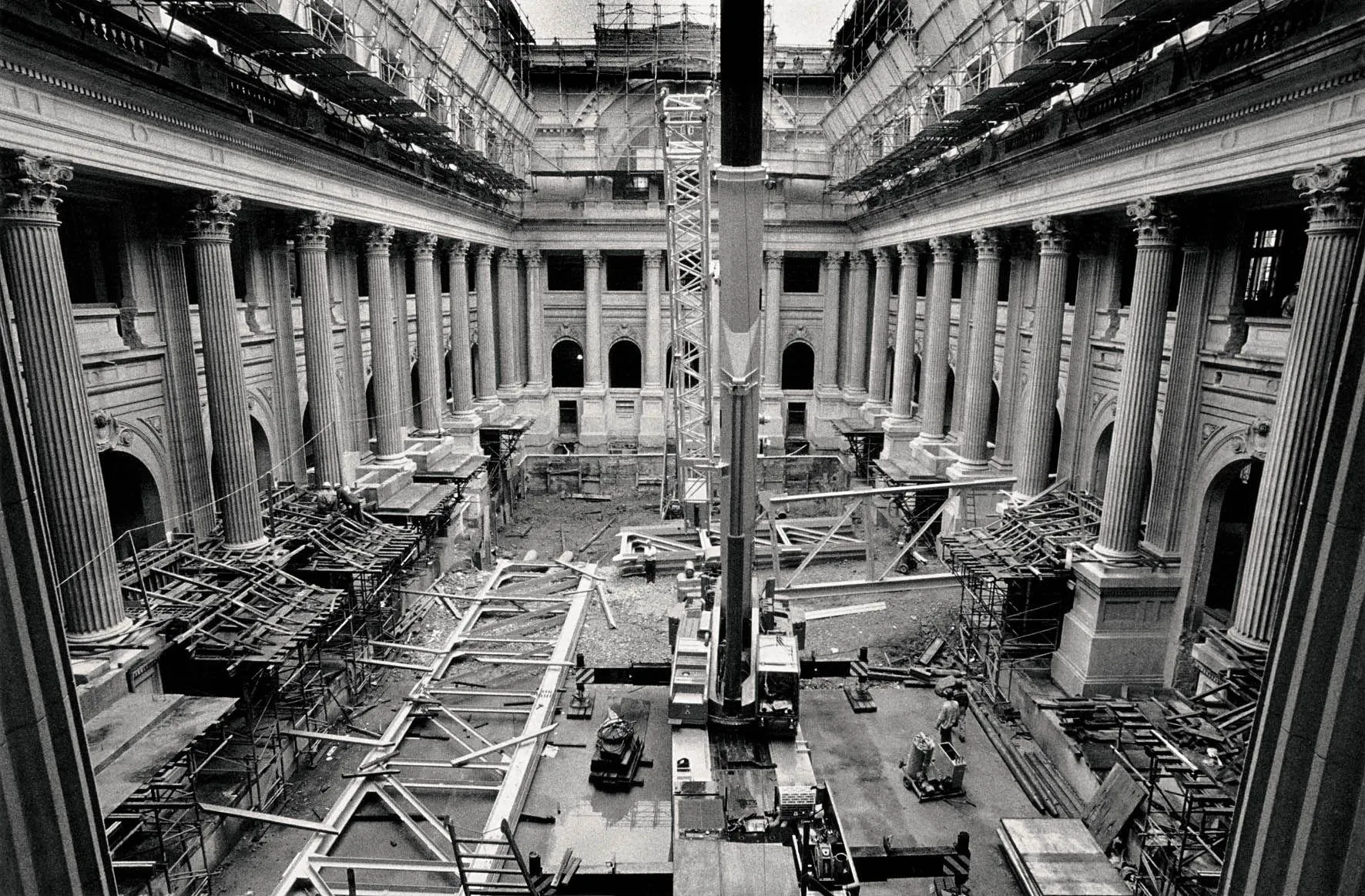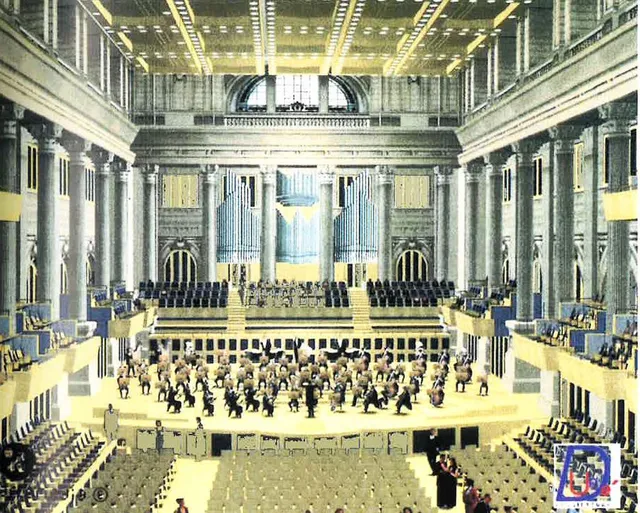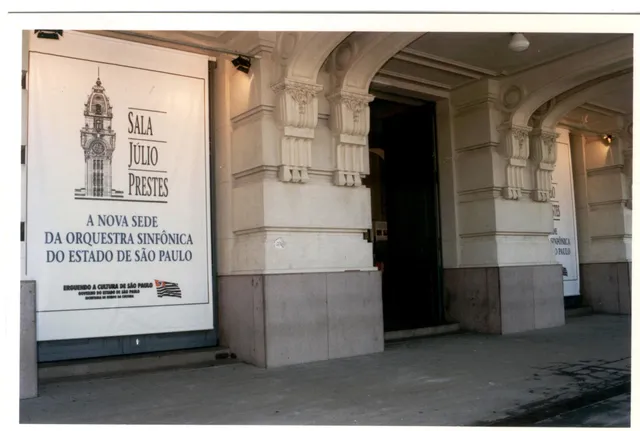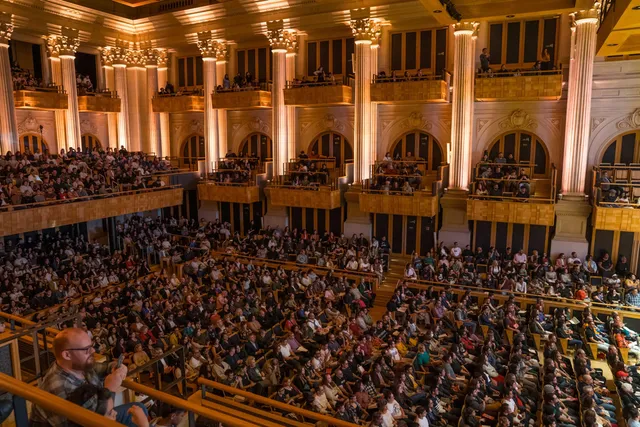Turning the garden of Júlio Prestes Station into a concert hall for São Paulo Symphony Orchestra was a tall order. The project required soundproofing a hall in close proximity to a railway, which was particularly challenging given that the vibrations of train carriages directly interfere with sound transmission. The project also necessitated an architectural intervention that would not damage the building’s original features.
Between 1997 and 1999, the renovation works were led by architect Nelson Dupré in partnership with Luizette Davini, responsible for the coordination of the project, and Artec Consultants (now Arup), an international engineering consultancy firm and leader in projects involving sound acoustics. The aim was to build a state-of-the-art concert hall, comparable to the best halls found in North America and Europe.



